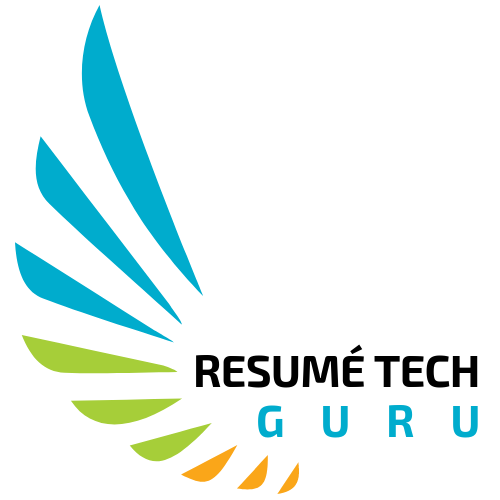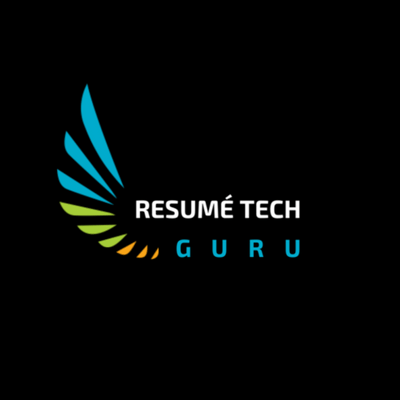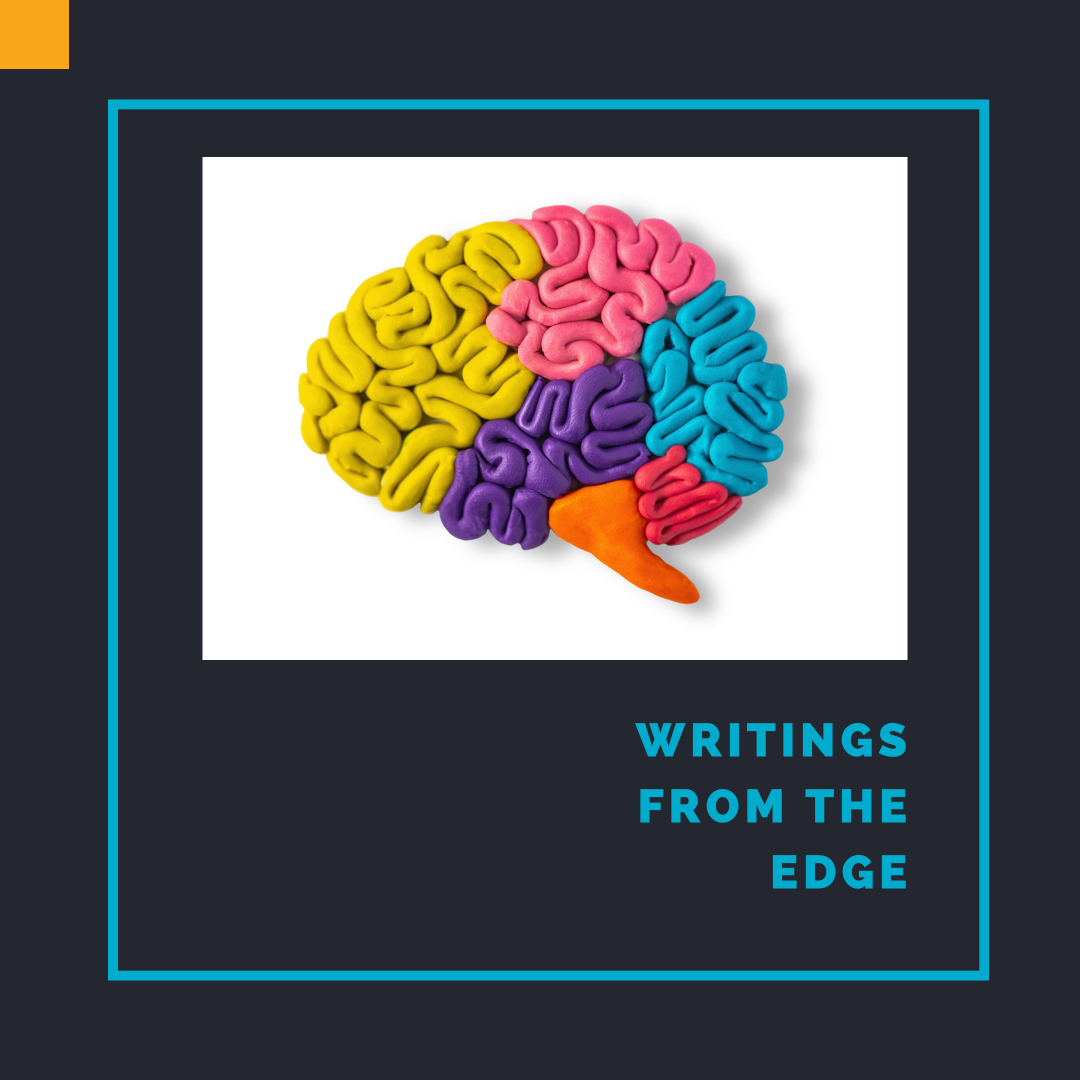Time boogers. That’s what I call footnotes, and I have 79 of them. I don’t know what to call the accompanying bibliography that drove me stark-raving mad. I welcome ideas because I do enjoy someone coining a phrase.
At the beginning of August 2021, I challenged myself to complete my book manuscript for Clicks, Tricks & Golden Handcuffs in 31 days.
Challenged accepted, so now I’m providing a status check.
On average, I spent 5 hours daily editing my inaugural book about job search strategies for tech execs. At the end of the month of August, I smiled while hitting the send button for my final edited draft manuscript (52,133 words) to Emily, my Oregon-based professional book editor.
Included were my 79 time boogers formatted using The Chicago Manual of Style in the 150-page Word document. When reformatted with a 5.25″ x 8″ book trim size, this manuscript will become a 190-page book.
While I was creating the accompanying bibliography, which takes manual intervention within Microsoft Word, I muttered under my breath, “Why couldn’t the footnote have been created in the same format as a bibliography?”
As you probably know, a footnote appears on the bottom of the page that contains the sentence to which it refers to. London printer Richard Jugge receives my ire as the inventor of the footnote, first used in the Bishops’ Bible of 1568. We need to travel to Switzerland to meet Conrad Gessner (1516-1565), the father of the modern scientific bibliography. Apparently, I was muttering about 2 European men who made my life intolerable.
If you flashback to your research paper days, you might recall that the bibliography applies the author citation using the last name, first name approach, the total opposite of a footnote. Then there are different approaches for the type of citation source appearing in a book, blog, journal article, or newspaper. Unfortunately, I sourced all of those types, not understanding the time booger requirement.
As I mentioned, for my book I’m using The Chicago Manual Style established by the University of Chicago Press in 1891. Since lately I’ve been fixated on comedian George Carlin’s “brain droppings,” I smiled when I read the University of Chicago referred to their proofreaders as the “brainery” who created a style sheet for correcting typographical errors and stylistic inconsistencies.
My book is an anthology of over 80 LinkedIn articles and website blogs I wrote regarding tech exec career consulting over the past 3 years. It’s interspersed with client stories, industry research, and my golden handcuff journey. After creating my initial manuscript in April 2021, it would take me 4 months of editing—4 rounds in total—to complete as a final edited manuscript.
Here’s the deal, every time I reviewed the draft, I would find something that needed to be fixed from spelling errors, my sense of humor, story context, parallel structure, and format. As a Type A, I could spend another 4 months on book editing, but I set a deadline to publish this Fall on Amazon. Hence the need for a professional editor and beta readers.
What’s a beta reader? 2-5 individuals will read Emily’s professionally edited version of my book Clicks, Tricks & Golden Handcuffs to provide constructive feedback. If you’re up to what I believe would be a 2-week reading challenge focusing on a couple of chapters per day and are a tech exec or aspiring one, please drop me a line to become a beta reader. I would appreciate your support in my brain-dropping endeavor.
For the book exterior, my Texas-based jacket designer Stephanie Corbin created 3 options which will appear in a LinkedIn poll later this month.
Now I’m off to obtain my Library of Congress Control Number (LCCN). It’s free and can be received within 10 business days. The Library of Congress creates the number for my book as a bibliographic record. Ironic, we’ve arrived full circle here in case someone in the future quotes my book as a reference; I’ll be a footnote and appear in a bibliography. George Carlin, I believe, would be delighted.
You must have an International Standard Book Number (ISBN) to obtain the LCCN. I’ve purchased a block of 10 ISBNs for $295 from R. R. Bowker, which is the only legal source in the U.S. I needed one ISBN for each edition and format of my book. The ISBN identifies the publisher and the specific book title, edition, and format (hardback, paperback, ePub, PDF, Mobi, Audi). Any book variation requires a unique ISBN to identify it correctly so retailers can tell customers like you which version of my book, Clicks, Tricks & Golden Handcuffs your purchasing.
Once I obtain my LCCN, it will cover every book variation from hardbound, paperback, and eBook.
Next week, I’m off virtually to the Library of Congress at 101 Independence Avenue, S.E. Washington, D.C.
Surreal.
#braindropping #resumetechguru #technology #careers #jobinterviews #personalbranding


